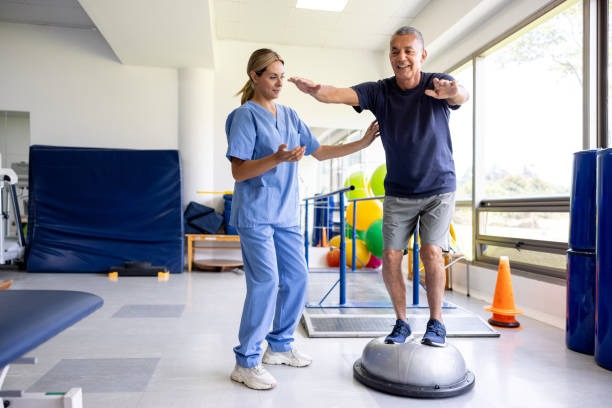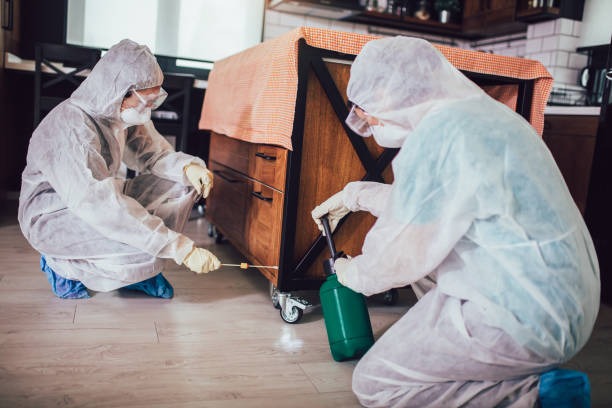Recovering from sports injuries can be a challenging journey, often requiring patience, dedication, and a comprehensive rehabilitation plan. Physiotherapy plays an essential role in this process, offering personalized treatment strategies that promote healing and restore function. Whether you’re a professional athlete or someone who enjoys recreational sports, physiotherapy provides the support necessary to facilitate recovery and prevent future injuries.
Physiotherapists are trained professionals who specialize in diagnosing physical impairments and implementing therapeutic interventions. When dealing with sports injuries, their expertise is crucial in developing individualized rehabilitation programs tailored to the specific needs of each patient. These programs aim to reduce pain, improve mobility, strengthen muscles, and enhance overall performance.
One of the primary goals of physiotherapy in sports injury recovery is pain management. Techniques such as manual therapy, massage, ultrasound therapy, and electrotherapy are commonly used to alleviate discomfort and promote tissue healing. By addressing pain early on in the rehabilitation process, physiotherapists help patients regain confidence in their movements while preventing compensatory patterns that could lead to further injury.
Restoring range of motion is another critical aspect of physiotherapy for sports injuries. Injuries often result in stiffness or restricted movement due to swelling or scar tissue formation. Through targeted exercises and stretching routines Fixio designed by physiotherapists, patients gradually regain flexibility and joint mobility. This restoration not only aids recovery but also helps athletes return to their sport more efficiently.
Strengthening exercises form an integral part of any rehabilitation program following a sports injury. Physiotherapists design these exercises specifically for each patient’s needs based on factors like age, fitness level before injury occurred as well as type/severity/location etc., ensuring they target weakened areas without causing additional strain elsewhere within body systems involved during activity/sport practiced regularly prior incident occurring initially leading up until present day circumstances being addressed currently throughout ongoing sessions attended over time period agreed upon mutually between both parties involved directly (patient/therapist).




